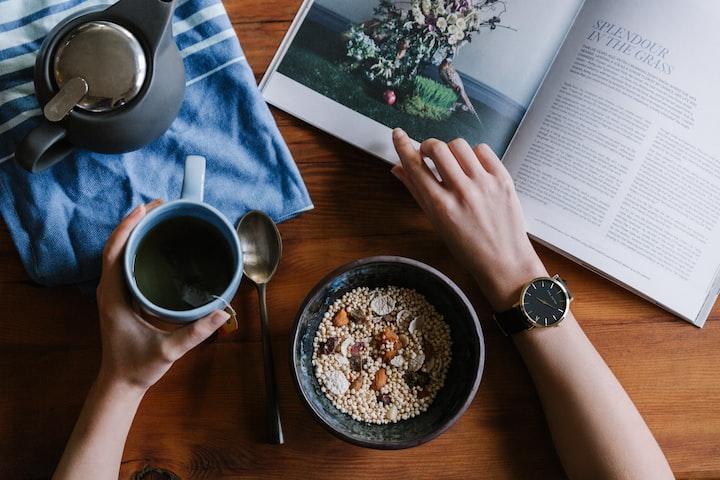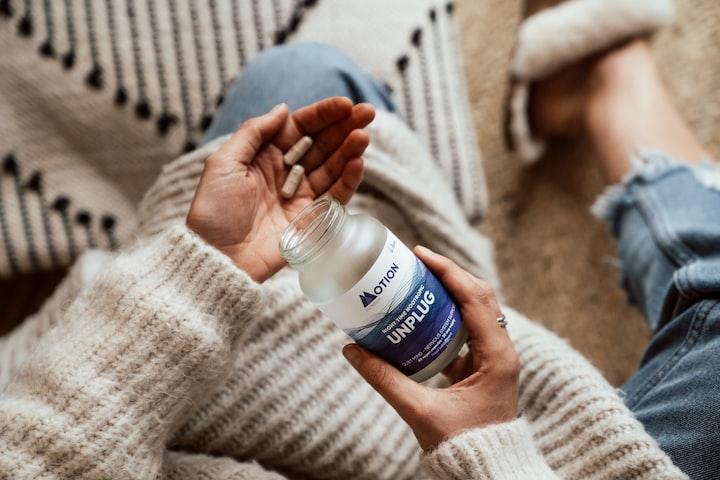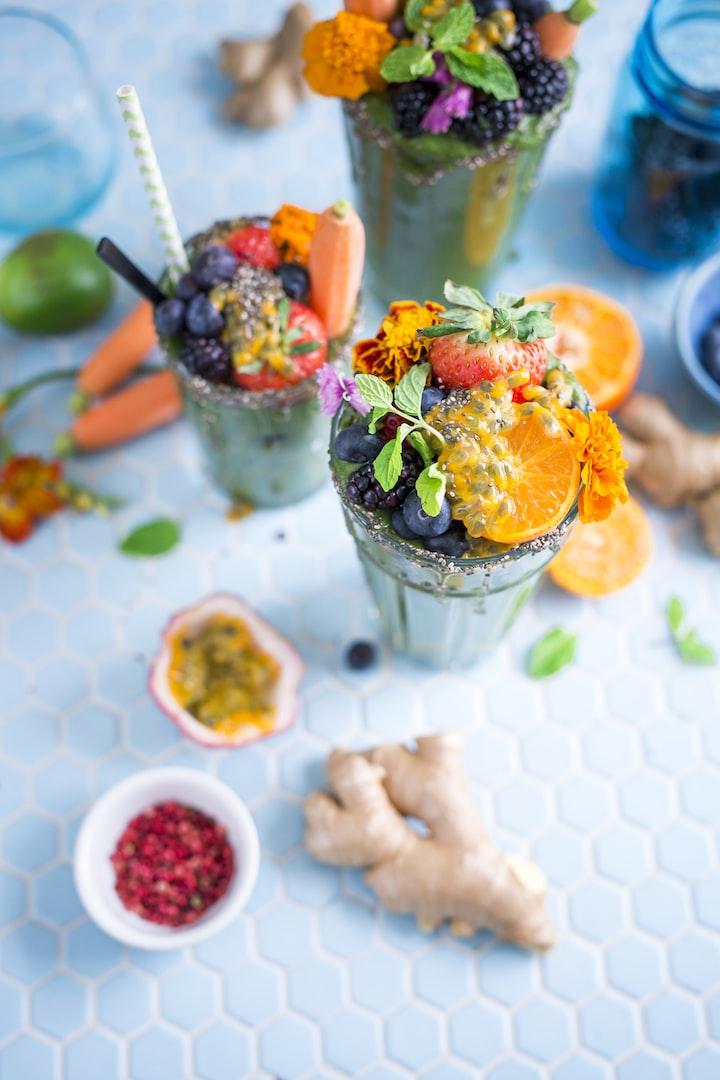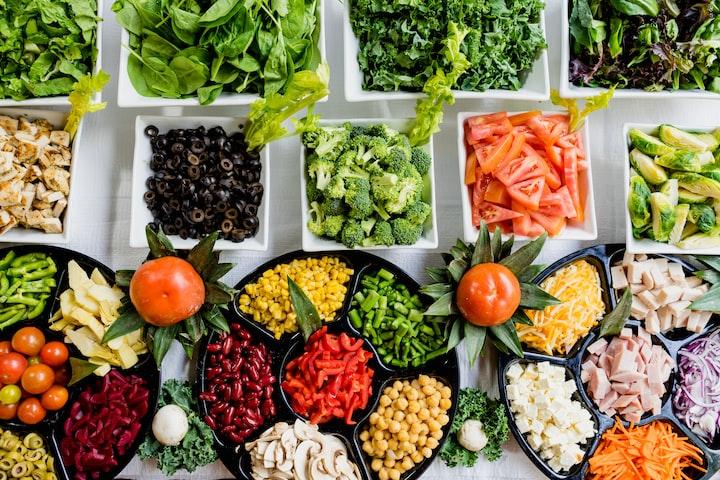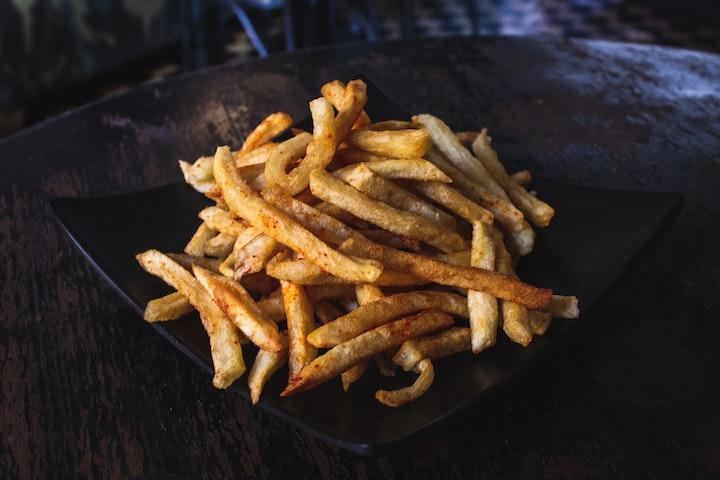A Healthy Daily Routine Typically Includes Waking Up Early, Exercising, Eating a Nutritious Breakfast, and Spending Time Outside
A healthy daily routine is a set of activities that you regularly do in order to maintain your health and well-being. These activities can include things like getting enough sleep, eating a nutritious diet, exercising regularly, and maintaining good hygiene.
While there is no one-size-fits-all approach to creating a healthy daily routine, there are some general guidelines that can help you get started. For example, aim to get at least 7-8 hours of sleep each night, and make sure to eat breakfast every morning. Incorporate some form of physical activity into your day, even if it’s just a short walk around the block. And finally, be sure to practice good hygiene habits such as washing your hands often and brushing your teeth twice a day.
By following these simple tips, you can develop a healthy daily routine that works for you and helps you live a long and happy life!
Read More »A Healthy Daily Routine Typically Includes Waking Up Early, Exercising, Eating a Nutritious Breakfast, and Spending Time Outside
